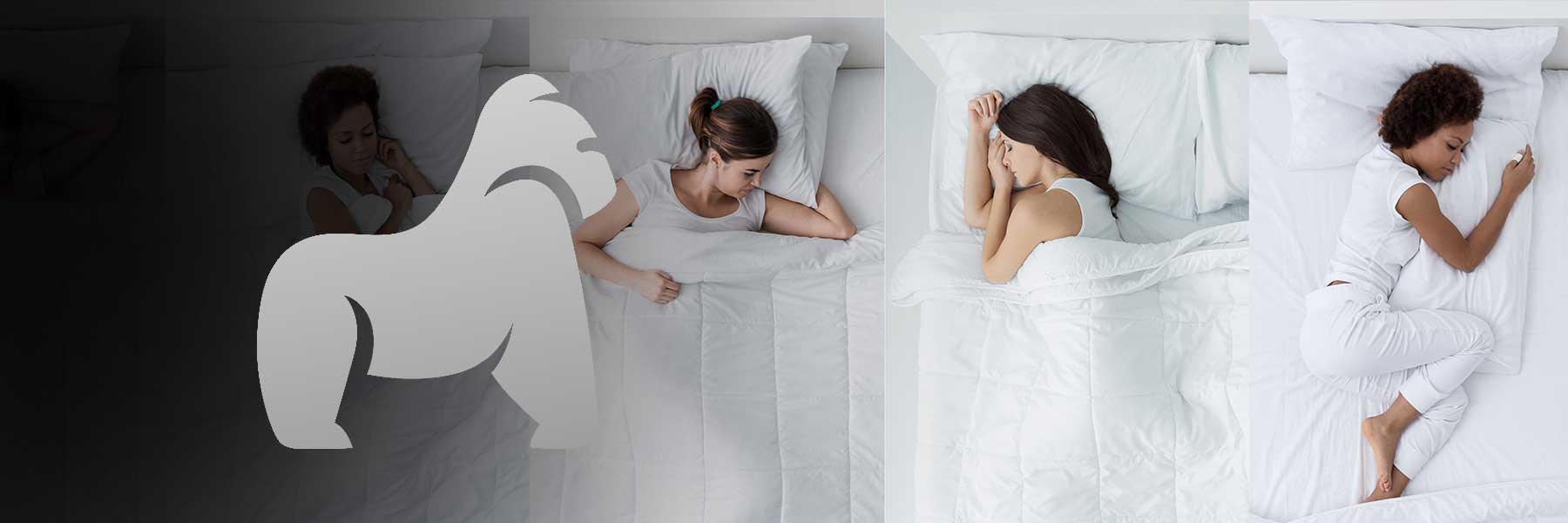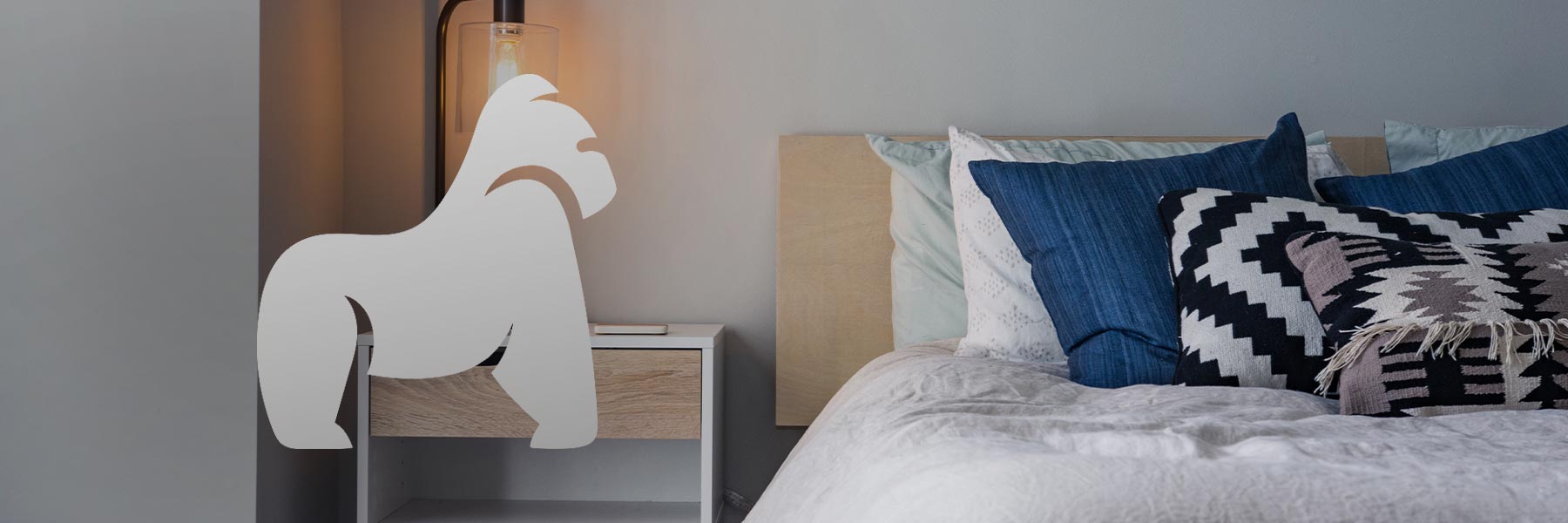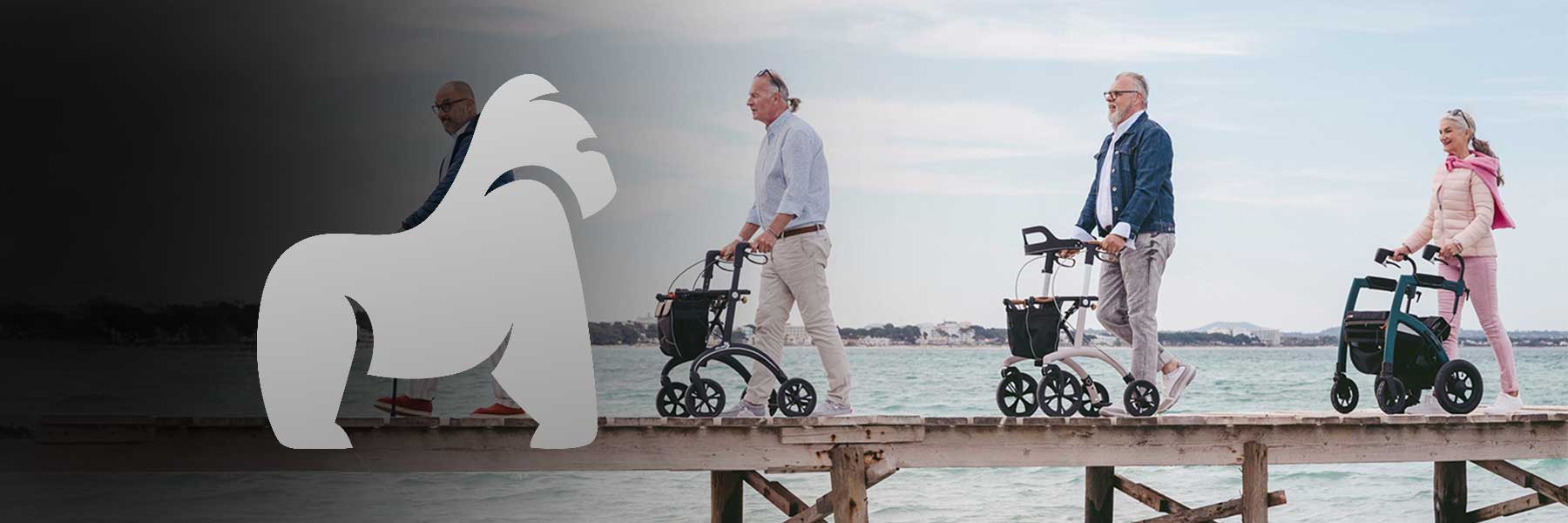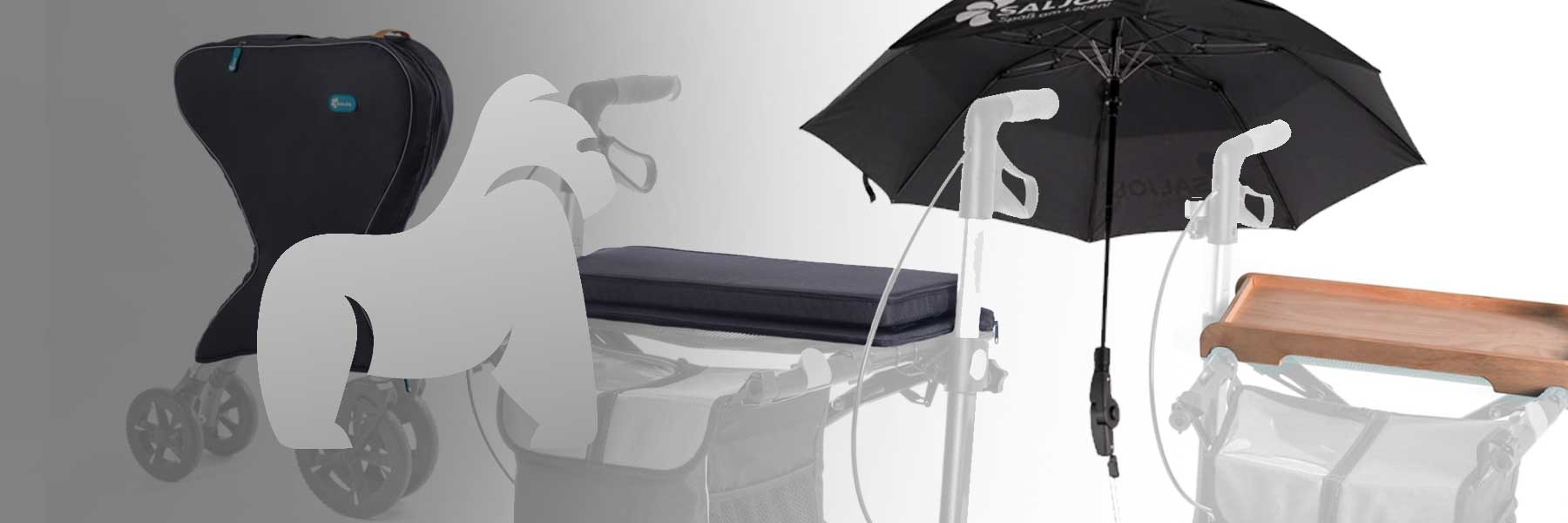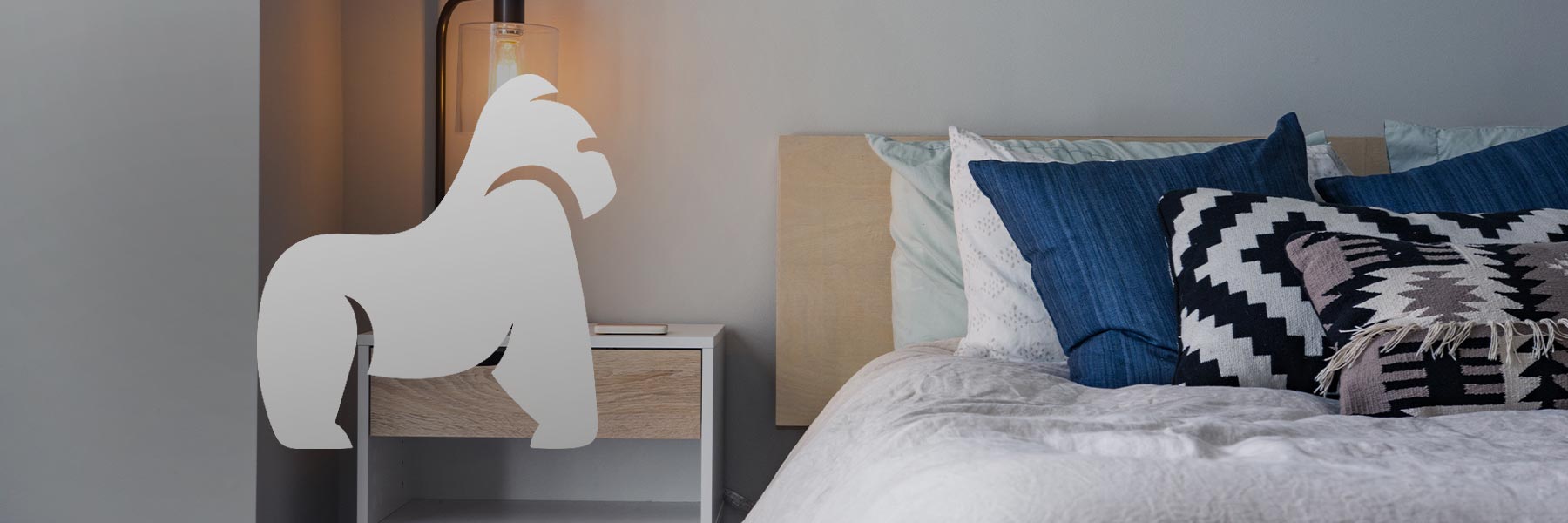
Most of us would like to live a life without mobility aids, but as we age, we begin to realize that this wish may be unrealistic. We might need a cane or a walking aid for a short time while recovering from surgery, or eventually we may need to use a wheelchair, a Rollator Walker, or an e-scooter to move safely. In any case, an aid that helps us move from place to place and avoid falls can mean the difference between an independent life and relying on others for our basic needs.
When I see some of the newer mobility aids on the market, I immediately think, "I wish this had been available for my mother." My mother's options back then were a simple cane and later a Rollator Walker, which I modified as best I could so she could carry things with her. However, with the growing number of new devices and models, confusion also grows about which device is best suited and whether insurance will cover it.
Expert advice is crucial
All too often, a well-meaning friend or relative buys a used cane or Rollator Walker for a loved one without realizing that one size does not fit all. The wrong device can negatively affect a senior's stability, cause posture problems, and even lead to pain. Mobility aids come in all shapes and sizes, so selecting the right equipment and achieving a proper fit usually requires the support and expertise of a professional.
Nancy Froslie, certified Assistive Technology Professional and District Operations Manager for Sanford HealthCare Accessories in Fargo, North Dakota, says the first step in choosing a mobility aid is to schedule a doctor's appointment. "The doctor should perform a physical exam and discuss any difficulties the senior has managing activities of daily living at home," she says.
From there, the doctor can refer to an occupational therapist or physical therapist, especially for higher-end and customizable devices. "The therapist will conduct a one-time mobility assessment to evaluate gait and balance and perform muscle and strength tests," explains Froslie. "They will also have the patient try different types of devices to document what is effective and what is not."
Often, a professional assistive device specialist from a medical equipment supplier is present at these appointments. It is not only important to select the right type of walking aid but also to ensure the user is suited for the device and trained by a professional in its proper use. A certified Assistive Technology Professional (ATP) is someone trained to identify the needs of people with disabilities, recommend appropriate technologies and devices to enable independent living, and provide instructions for using these aids. "Assistive technology professionals like me help figure out which devices best fit a senior's needs, both medically and in terms of their home setup," notes Froslie.
To find a mobility aid for a loved one, read the detailed list of common aids and how they are typically prescribed. Keep in mind that some seniors can buy simpler aids like a cane or a Rollator Walker without a doctor's help, but the fit may not be ideal, and you may end up paying out of pocket for these items.
Mobility aids for ambulatory seniors
Canes
Canes provide seniors with an additional support point for more safety and stability. As a rule of thumb, a cane can support up to 25 percent of a person's body weight. It is best suited for people whose sense of balance is only slightly impaired or who have one leg significantly weaker than the other.
Canes require moderate hand and arm strength and are available with either a hook ("C"-cane) or a horizontal grip (functional grip cane). The horizontal grip is recommended for people with weak hands as it provides a secure grip and a larger surface area for the hand. The tip of a cane can be a single contact point or a quad base consisting of four separate feet. The additional feet provide more stability, and the bases come in various sizes. A quad cane can stand upright when not in use, but these models are generally a bit heavier than traditional versions.
To select the correct length for a cane, the user should stand upright, wear shoes, and hold their arms at their sides. The tip of the cane should reach the crease at the bottom of the wrist, and the elbow should be bent 15 to 20 degrees when holding the cane while standing. An adjustable cane is a good choice for adapting to different shoe types.
Walker frame
A walker frame can be the next option if a cane does not provide sufficient support. Using a walker frame also requires moderate hand and arm strength, and depending on the design, it can support up to 50 percent of a senior's body weight. A standard model has two or four fixed legs and must be lifted and maneuvered with each step. This standard model is best suited for people with significant stability issues.
Rollator Walkers
Walking aids with wheels, also called Rollator Walkers, come in many variants with three to four wheels and are generally easier to maneuver. Most models can be folded for easy storage, and some feature lockable hand brakes for added safety, a seat for resting, or a basket for carrying personal items. Rollator Walkers are usually made of lightweight metals like aluminum and resemble walking with a shopping cart. Compared to a regular walker frame, Rollator Walkers allow a more normal gait and the ability to move with less fatigue. However, Rollator Walkers may not provide sufficient stability for seniors with significant posture and balance problems.
The correct height of a walker frame or Rollator Walker is measured from the floor to the wrist, and the elbows should be bent between 15 and 20 degrees. Make sure the walking aid is large enough to surround the user on three sides so they can use the device for both frontal and side support.
Mobility aids for seniors who can no longer walk
E-Scooters
An e-scooter can be helpful for seniors who have some arm strength and dexterity but are unable to walk long distances. However, the user must be able to sit upright for an extended period and operate the throttle of the scooter. Not all people (especially those with arthritis) can hold their arms out in front to control speed, steering, and braking. Some individuals may experience pain depending on their diagnosis.
Scooters come in many different designs, including three- or four-wheeled models, those intended for indoor, outdoor, or both uses, heavy-duty models designed for rough outdoor terrain and carrying heavy loads, and lightweight travel models.
Although a wide selection of scooters for various uses is available on the market, health insurance only pays for durable medical equipment needed inside a senior's home. Devices intended for outdoor use or long distances are not covered. For example, Medicare Part B requires a personal examination by a doctor whose prescription and notes must show that an electric scooter is medically necessary for the senior to remain mobile in their home. For most people, this is not the case.
Manual wheelchairs
Excessive fatigue, insecurity, difficulty rising from a chair, and occasional falls are signs that a cane or walking aid may not provide sufficient support. If your relative cannot sit upright or lacks the arm strength or dexterity to operate a scooter, a wheelchair might be the best option to help them stay independent and participate in activities they enjoy.
There are three basic types of manual wheelchairs: standard, lightweight, and ultralight. A standard wheelchair is exactly what you see in hospitals. It is very simple and does not offer many adjustment options. The person's size, weight, and hip measurements are used to determine the needed size. The biggest drawback is that these models weigh about 40 pounds, so it is important that a caregiver or family member can assist with transporting the wheelchair for use outside the home.
Lightweight wheelchairs weigh about 15 Kg
Insurance companies only cover the cost of a lightweight wheelchair if the person is unable to propel a standard model themselves. The ability of a spouse or caregiver to lift the device in and out of a car does not factor into the insurance company's decision. Both coverage and need are based solely on the person using the device.
Ultralight models are typically used by people who have suffered a spinal cord injury. They weigh about 12 Kg or less. Again, medical proof is required that the person cannot operate a standard or lightweight wheelchair themselves for insurance to cover this device. Ultralight wheelchairs are great because they can be custom-fitted to the person. Body measurements are taken, and the chair is manufactured by the maker according to these specifications. Various types of armrests, tires, and colors can also be selected to support self-propulsion.
Electric wheelchairs
When choosing an electric wheelchair, you need to become familiar with terms usually associated with car purchases, such as front-wheel drive and independent suspension. Each type of system has its advantages, and you must weigh the medical prescription against insurance coverage, budget constraints, and personal preferences to determine the best electric wheelchair for your relative's needs.
These devices come in a variety of brands, models, and sizes. They typically have a smaller footprint for better maneuverability and are suitable for use both inside and outside the home. A person's diagnosis determines the type of wheelchair insurance will cover. People with progressive diseases such as multiple sclerosis, muscular dystrophy, or ALS are entitled to an electric wheelchair that can be customized to their individual needs as the disease progresses. Only those who cannot walk or use a manual wheelchair are eligible for a standard electric wheelchair.
Costs and insurance coverage for mobility aids
It may be tempting to buy a mobility aid online or at a local drugstore or resale shop, but keep in mind that experts in these matters are highly knowledgeable. They will not only be able to recommend the best device and fit it to your relative but also explain how to use it and help ensure it is covered by insurance. "No matter what type of devices you need, there is always a lot of paperwork for insurance companies to determine if they will cover durable medical equipment," mentions Froslie.
Remember that most companies only cover basic equipment, but some additional features and accessories can be added and paid for out of pocket. This not only keeps costs down but also ensures seniors are not reliant on devices that provide more support than necessary. For example, choosing an electric scooter or wheelchair before it is truly needed can permanently affect a senior's mobility, activity level, and overall health.
Taking steps to improve a senior's safety and mobility is a turning point for many families. Just be sure to consult with a professional to learn what works best for your relative's situation, what insurance will pay for, and what "bells and whistles" you can afford to enhance the functionality of a mobility aid.





